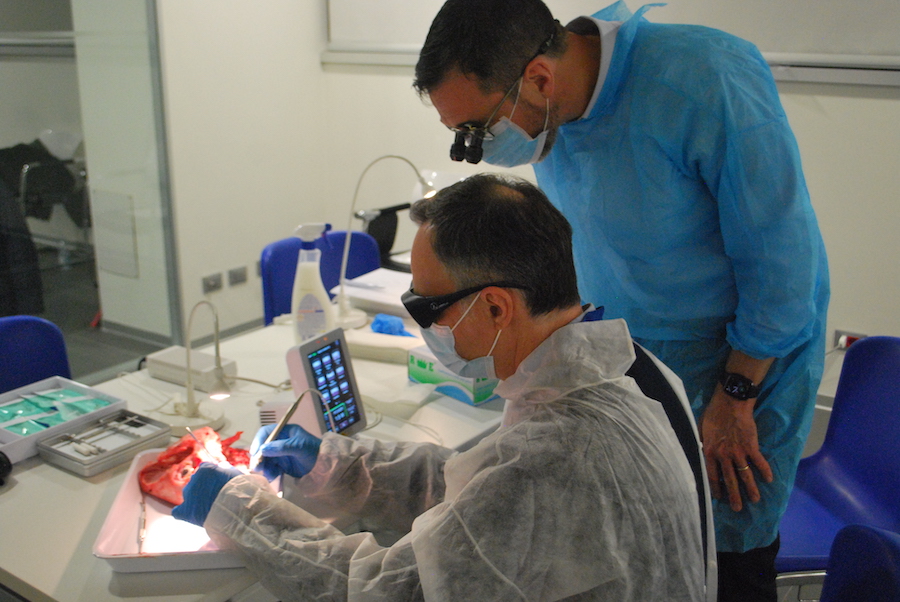Case treated by:
Dr. Marisa Roncati
Ferrara

Patient
The patient presents a generalized condition of plaque-induced inflammation, the abundant presence of calcified deposits justifies the extent of the inflammatory reaction.
On the occasion of the first visit, biometric periodontal indices are collected, including periodontal probing and bleeding index, which in this case was 94%.
The probing values, detected in the lingual area, are slightly higher than the norm, but always associated with particularly marked bleeding.
The most critical areas appear associated with the maxillary molars, in both arches, with probes greater than 6 mm.
Before and after:
In the treatment of non-surgical periodontal therapy, traditional methods are complemented by laser therapy. Wiser therapy is painless and after a few applications the bleeding, sensitivity, probing depth and symptoms associated with periodontal disease disappear.
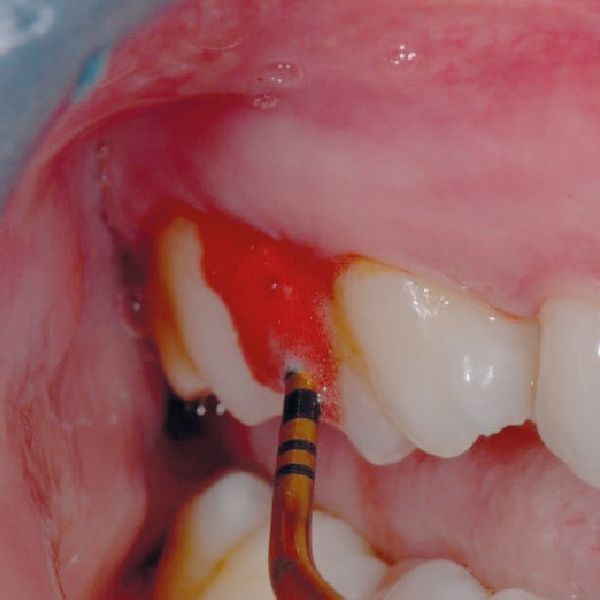
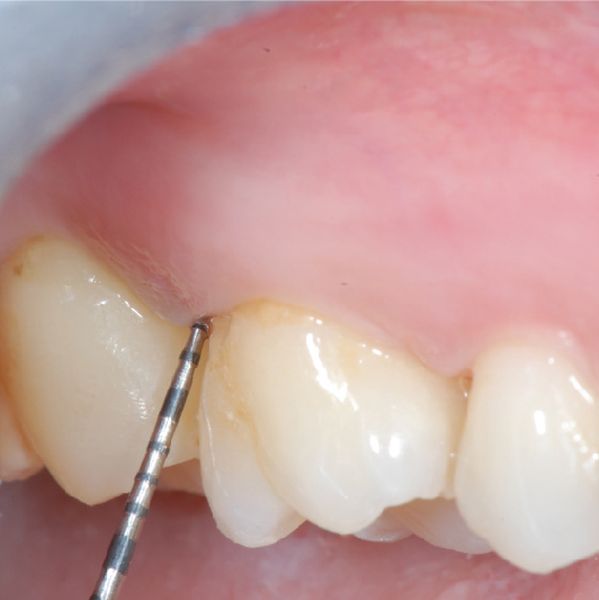
Treatment:
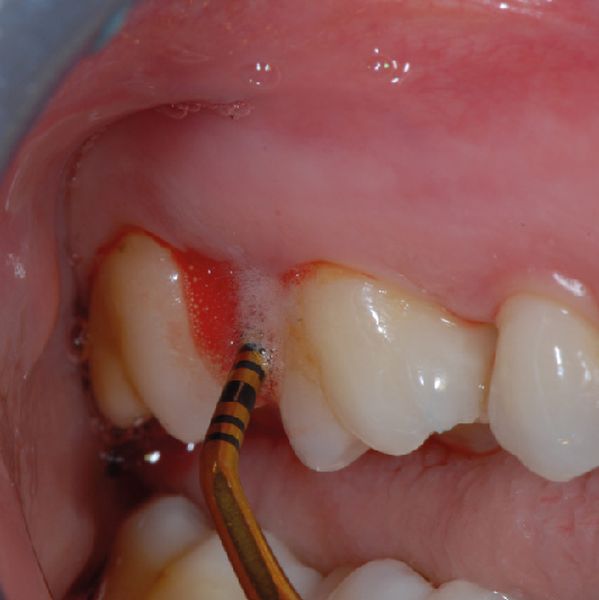
Periodontal instrumentation performed with a universal curette, using vertical movements. It is recommended to always dip the hand tool in 3% hydrogen peroxide, 10 volumes.
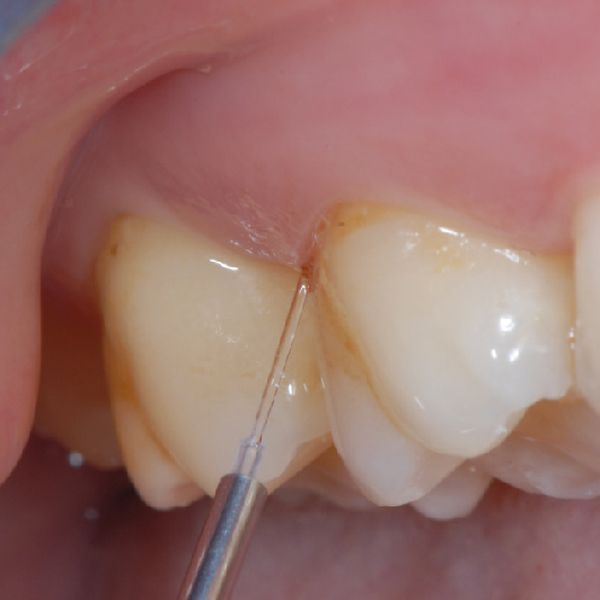
Use of the diode laser, used in conjunction with 3% hydrogen peroxide, 10 volumes for pocket decontamination, both before and after non-surgical periodontal instrumentation.
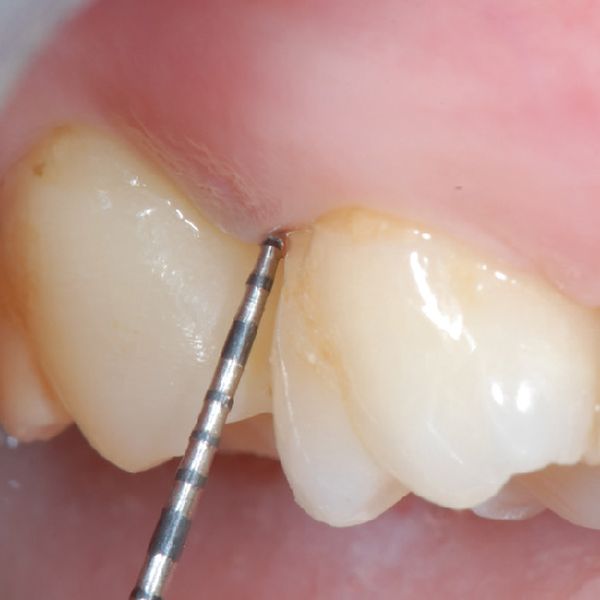
One year after the causal therapy and laser treatment, a 2 mm probing is noted, in the absence of bleeding.
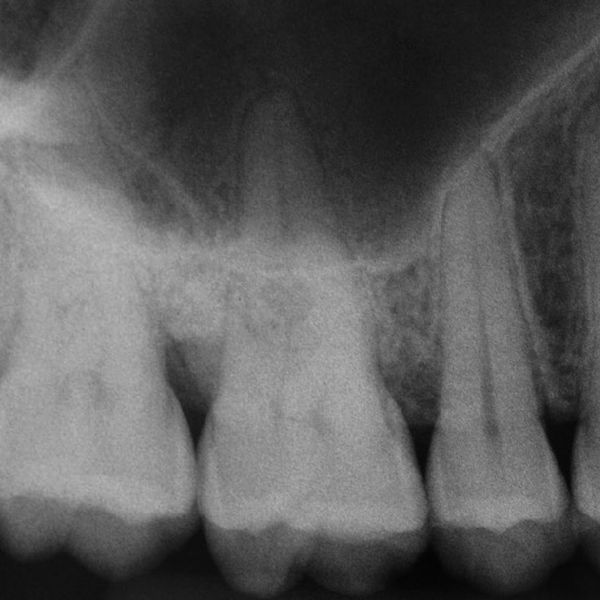
One year later, the control radiograph confirms a condition of clinical stability.
Laser therapy that's good for:
Methods
Periodontal instrumentation performed with both ultrasonic and manual instruments, in addition to the Wiser treatment.
Advantages
Improvement of the periodontal situation, probing and bleeding. Patient comfort.
Conclusions:
Upon diagnosis of chronic periodontal disease, in generalized mild-moderate and localized severe form, the patient underwent two professional hygiene sessions with the additional use of Wiser. The two appointments were scheduled within a week, a third session was scheduled one month after the previous ones, after which the patient was followed up on a quarterly basis for the first year. On the right maxillary molar, which presented an initial 7mm probing associated with bleeding, an improvement was obtained that the surgical treatment, which seemed indicated in the first visit, after the re-evaluation of the initial therapy was no longer necessary immediately. It will be appropriate to monitor the area over time to intercept any relapses.
